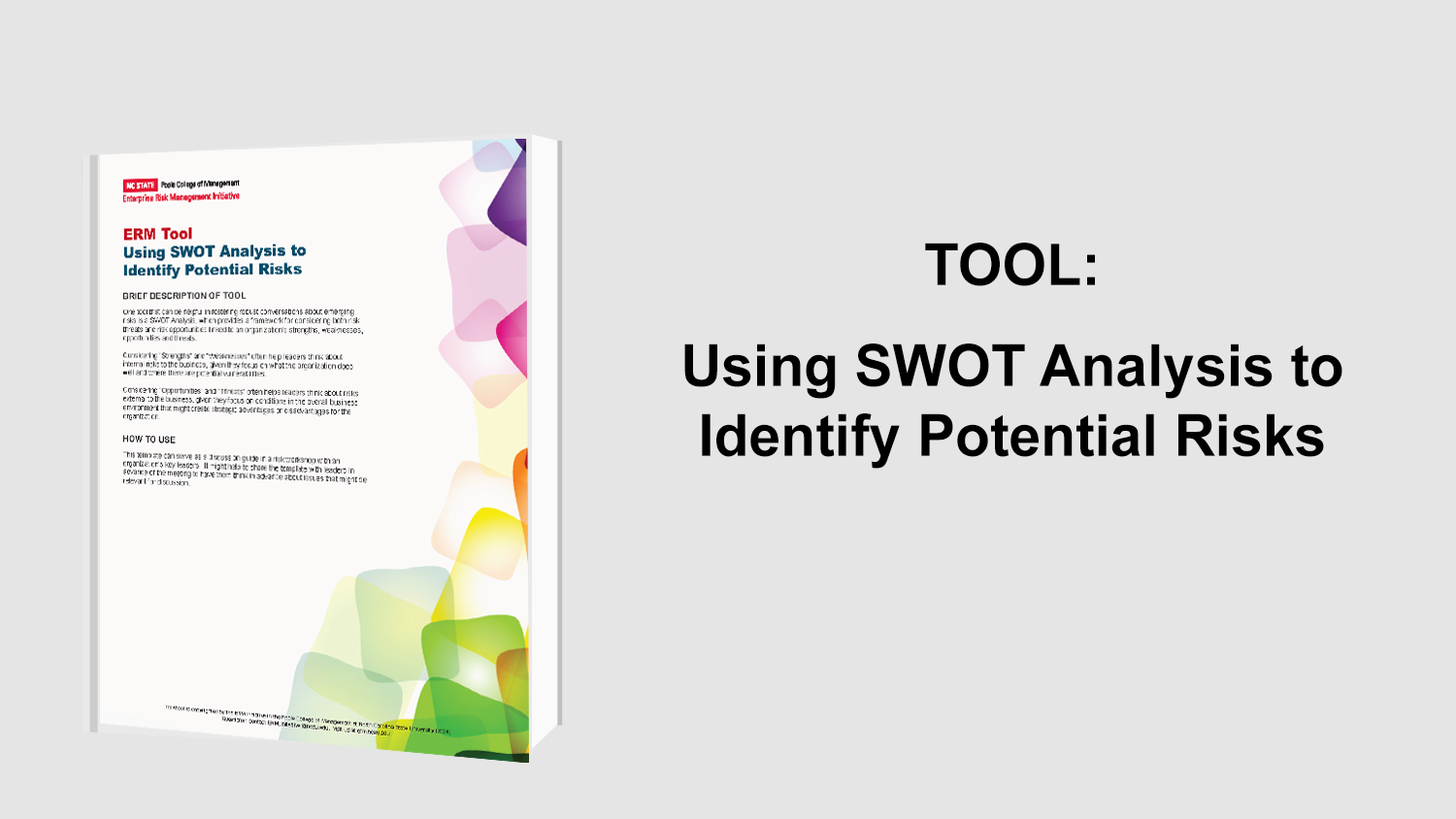Risk Managers Should Have Been Better Prepared
In the report, published by the Economist, the world looked almost riskless in January 2007. The problems that were soon to arise could not have been imagined at the time. Even though it was his job as a risk manager to account for the possibility of the economy doing a complete 180 and changing drastically, it didn’t seem possible that it would happen. Liquidity was not an issue for anyone, default rates on loans were extremely low, and interest rates could not have been better. However, hindsight is 20/20 and upon reflection the risk manager realized there were warning signs.
“No crisis comes completely out of the blue; there are always clues and advance warnings if you can only interpret them correctly,” noted the risk manager. Looking back, the biggest indicator of things to come was in May 2005. General Motors bonds were marked down by the ratings agencies from investment grade to non-investment grade, meaning they became junk bonds. Since, so many banks and investors held GM bonds it caused a dislocation in the market. This however only proved to be a minor liquidity crisis. Therefore to protect the bank, the risk manager decided to hold AAA tranches and sold non-investment grade tranches. The reasoning was to have a long position in AAA tranches (low-risk asset) and a short position in non-investment graded tranches (high-risk assets). However, the AAA tranches went down in price, causing them to have the greater risk. Risk managers everywhere were trying to figure out why this happened. The market was not prepared for such a reversal, which in effect caused a liquidity crisis.
After careful evaluation, the risk manager determined three reasons that caused him and other risk managers to not be prepared for all risk that could arise in the market.
- There is a gap in risk management with collateralized-debt obligations (CDOs) tranches and other asset-backed securities. None of the departments wanted completely ownership. The credit-risk department views them as market risk and the market-risk department views them as credit-risk instruments. With this disconnect between departments these instruments were not properly monitored.
- There is also too much trust in the rating agencies. Since the reputation of the ratings agencies were so high, it was assumed that they simply knew best. Therefore, many decisions were made off of the reputation of the ratings agencies without risk managers doing their own analysis.
- Since risk departments report separately to the board to maintain its independence, there was a disconnect between risk managers and traders and bankers. The broken relationship caused for each party not to fully understand the job of each other. This caused for many arguments and many decisions to be made without full consideration of all the risk. Many times employees of the risk department were forced to give approval for a transaction because traders and bankers would leave out many of the risks associated with the deal. Since, very few risks were disclosed and the transaction had the ability to generate substantial revenue, risk managers had no choice but to approve the transactions.
Several insights can be gleamed from this risk manager’s experience. First, psychology can play a huge part in the effectiveness of the risk management function. Risk managers are often viewed as impediments to business. They have the power to say “no” to business deals and may be viewed as a hindrance. Sometimes interactions between the business line managers and risk managers can be confrontational and argumentative. Second, sometimes risk managers don’t effectively promote their cause. That is, they may not always be effective communicators or salespeople who can clearly and professionally explain their risk management decision to say “no” to specific transactions. Third, business line managers may be more focused on obtaining approvals for what they want to do and less focused on adequately analyzing the underlying risks associated with the deal. Risk factor discussions are often limited, with deference being made towards the risk-takers in the business line.
Perceptions and reputation of the risk management function within the organization need to be changed to increase their stature and significance in the organization. Incentives should be established to encourage and require more robust risk analysis by front-line business unit managers before submitting deals for risk management evaluation.
The article points out that it is extremely important for the industry to learn from this crisis and change the way it does business by (1) going back to the basics, (2) account properly for liquidity risk, and (3) change the perception and standing of risk department by giving them more prominence. By doing these things the industry will be able to move forward and hopefully prevent another major liquidity crisis.
Original Article Source: “Confessions of a risk manager“, The Economist, 2008


